Planning hypersonic warheads: projects and prospects
In practice, reusable GZLA projects have encountered enormous difficulties both in the development of multi-mode engines that allow takeoff, acceleration and stable flight at hypersonic speed, and in the development of structural elements capable of withstanding huge temperature loads.
Despite the difficulties with the creation of manned and unmanned reusable aerial vehicles, interest in hypersonic technologies did not weaken, since their application promised great advantages in the military sphere. With this in mind, the emphasis in development has shifted to the creation of hypersonic weapon systems in which an aircraft (missile / warhead) overcomes most of the trajectory at hypersonic speed.
Someone may say that to hypersonic arms ballistic missile warheads can also be attributed. However, a key feature of hypersonic weapons is the ability to conduct a controlled flight, during which the GLA can maneuver in height and course, which is not available (or limited) for warheads flying along a ballistic trajectory. Another criterion for a “real” GLA is often called the presence of a hypersonic ramjet engine on it, but this item can be called into question, at least with respect to a “one-time” GLA.
GZLA with scramjet
At the moment, two types of hypersonic weapon systems are actively developing. These are the Russian project of a cruise missile with a scramjet engine 3M22 "Zircon" and the American project Boeing X-51 Waverider. For hypersonic weapons of this type, speed characteristics are assumed in the range of 5-8 M and a flight range of 1000-1500 km. Their advantages include the possibility of placing on conventional aviation carriers such as Russian missile-bombers Tu-160M / M2, Tu-22M3M, Tu-95 or American B-1B, B-52.
In general, projects of this type of hypersonic weapons are developing at a similar pace in Russia and the United States. Active exaggeration of the topic of hypersonic weapons in the Russian Federation led to the fact that it seemed that supplies of Zircons to the troops were about to begin. However, the adoption of this missile into service is planned only for 2023 year. On the other hand, everyone is aware of the failures pursuing Boeing’s similar US X-51 Waverider program, which creates the feeling that the United States is significantly behind in this type of weapon. Which of the two powers will receive this type of hypersonic weapon first? This will show the near future. It will also show how far the second participant in the arms race will lag behind him.
Another actively developed type of hypersonic weapon is the creation of hypersonic gliding warhead units.
Hypersonic glider aircraft
The creation of the GZLA of the planning type was considered in the middle of the 20th century. In the 1957 year in the Tupolev Design Bureau, work began on the design of the Tu-130DP (long-range planning) shock unmanned aerial vehicle.
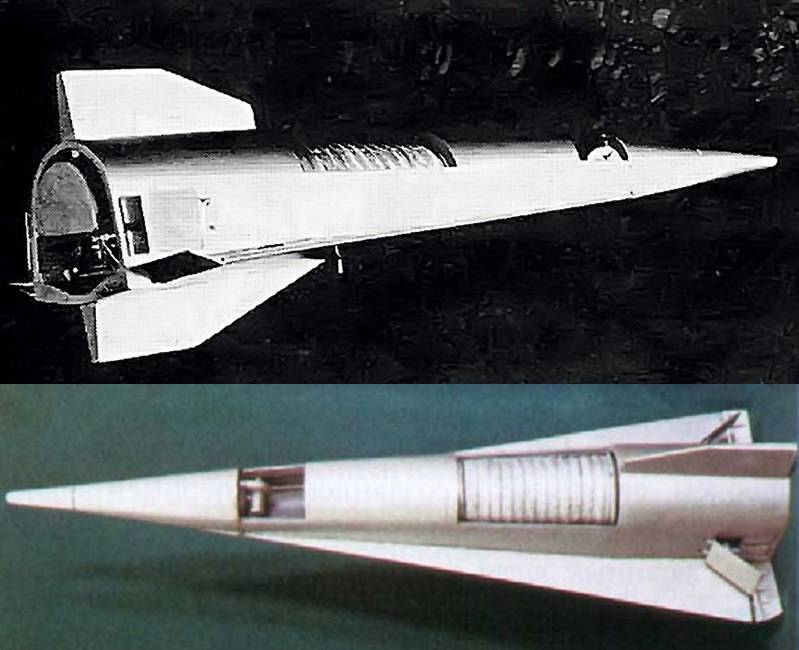
According to the project, the Tu-130DP was to be the last stage of a medium-range ballistic missile. The missile was supposed to bring the Tu-130DP to an altitude of 80-100 km, after which it was separated from the carrier and transferred to a planning flight. During the flight, active maneuvering with the help of aerodynamic rudders could be carried out. The target hit range was to be 4000 km at a speed of 10 M.
In the 90 of the XX century, NPO Mashinostroeniya came up with an initiative proposal to develop a draft rescue rocket and space system called up. It was proposed by the beginning of the 2000 years on the basis of the intercontinental ballistic missile (ICBM) UR-100NUTTH (doesn’t resemble anything?), create a package of operational assistance to distressed ships. The estimated payload of the ICBM UR-100NUTTH was a special aerospace rescue aircraft SLA-1 and SLA-2, which were supposed to carry various rescue equipment. The estimated delivery time of the emergency kit was to be from 15 minutes to 1,5 hours, depending on the distance to those in distress. The predicted landing accuracy of the planning aircraft was to be about 20-30 m (quite enough even to strike a non-nuclear warhead), payload mass 420 kg for SLA-1 and 2500 kg for SLA-2 (2500 kg warhead can sink an aircraft carrier) Work on the draft "Call" did not leave the stage of preliminary development, which is predictable, taking into account the time of its appearance.
Hypersonic gliding warheads
Another project that fits the definition of "hypersonic planning warhead" can be considered the concept of a controlled warhead (UBB), proposed by the GRTs im. Makeeva. The guided combat unit was intended to equip intercontinental ballistic missiles and submarine ballistic missiles (SLBMs). The asymmetric design of the UBB with the control provided by the aerodynamic shields was supposed to allow a wide variation of the flight path, which in turn provided the possibility of hitting strategic enemy targets in the face of counteraction of the developed layered missile defense system. The alleged design of the UBB included the instrument, modular and combat compartments. The control system is supposedly inertial, with the possibility of obtaining correction data. The project was shown to the public in 2014, at the moment its status is unknown.
The Avangard complex, announced in 2018, can be considered closest to adoption, including the UR-100N UTTX missile and a hypersonic guided warhead, which is designated as “Aeroballistic Hypersonic Combat Equipment” (AGBO). According to some sources, the flight speed of the Avangard Avangard complex is 27 M (9 km / s), and the flight range is intercontinental. The approximate weight of AGBO is about 3,5-4,5 tons, length 5,4 meters, width 2,4 meters.
Complex "Vanguard" should enter service in the 2019 year. In the future, a promising Sarmat ICBM can be considered as a carrier of an AGBO, which is supposed to be able to carry up to three AGBO AGBO complexes.
In the United States, they reacted to reports of the imminent deployment of hypersonic weapons by intensifying their own developments in this direction. At the moment, in addition to the X-51 Waverider hypersonic cruise missile project mentioned above, the United States plans to quickly adopt the promising ground-based hypersonic missile weapon system - the Hypersonic Weapons System (HWS).
The basis of the HWS should be the versatile guided maneuverable planning hypersonic warhead Common Hypersonic Glide Body (C-HGB), created by the Sandy National Laboratories of the U.S. Department of Energy for the US Army, Air Force and Navy, with the participation of the Missile Defense Agency. In the HWS complex, the Block 1 hypersonic C-HGB warhead will be launched to the required height with the All-Up-Round All-Up Landing Solid-propellant rocket launcher, deployed in a transport and launch container about 10 m long on a ground double-container towed mobile launcher. The HWS range should be of the order of 3700 nautical miles (6800 km), a speed of at least 8 M is most likely higher, since speeds of the order of 15-25 M are more characteristic for planning hypersonic warheads.
The C-HGB warhead is supposed to be based on the Advanced Hypersonic Weapon (AHW) experimental hypersonic warhead, flight tests of which were conducted in the 2011 and 2012 years. The AUR rocket is also, possibly, the base of the accelerator rocket used to launch the AHW. Deployment of the HWS complexes is scheduled to begin in the 2023 year.
The PRC is also developing planning hypersonic warheads. There is information about several projects - DF-ZF or DF-17, designed both for delivering nuclear strikes and for the destruction of large well-protected surface and ground targets. There is no reliable information on the technical specifications of Chinese planners. The adoption of the first Chinese GZLA declared on 2020 year.
Planning GZLA and GZLA with scramjet engine are not competing, but complementary weapons systems, and one does not replace the other. Contrary to what skeptics say strategic conventional weapon it doesn’t make sense, the United States considers the GLWA primarily in non-nuclear equipment for use in the framework of the Fast Global Strike (BSU) program. In July 2018, US Under Secretary of Defense Michael Griffin stated that in a non-nuclear configuration, the GZLA could provide significant US tactical opportunities. The use of GZLA will make it possible to strike in the event that a potential adversary has modern air defense and missile defense systems that can repel the attacks of cruise missiles, combat aircraft and classic short and medium-range ballistic missiles.
GZLA guidance in a plasma “cocoon”
One of the critics' favorite arguments of hypersonic weapons is their imaginary inability to carry out guidance because of the formation of a “cocoon,” which does not transmit radio waves and impedes the acquisition of an optical image of a target, formed at high speeds. The mantra about the "impenetrable plasma barrier" has become as popular as the myth of the scattering of laser radiation in the atmosphere, almost through 100 meters, or other stable stereotypes.
Of course, the problem of guiding the GLA exists, but how unsolvable it is, this is already a question. Especially in comparison with such problems as the creation of scramjet engine or structural materials resistant to high temperature loads.
The task of guiding the GLA can be divided into three stages:
1. Inertial guidance.
2. Correction according to global satellite positioning systems, the use of astro correction is possible.
3. Aiming at the final section of the target, if this target is mobile (limitedly mobile), for example, on a large ship.
It is obvious that the plasma barrier is not a hindrance for inertial guidance, and it must be taken into account that the accuracy of inertial guidance systems is constantly growing. The inertial guidance system can be supplemented by a gravimeter that improves its accuracy characteristics, or other systems whose operation does not depend on the presence or absence of a plasma barrier.
Relatively compact antennas are sufficient for receiving signals from satellite navigation systems, for which certain engineering solutions can be applied. For example, the placement of such antennas in the “shading” zones formed by a specific housing configuration, the use of remote heat-resistant antennas or flexible long towed antennas made of high-strength materials, refrigerant injection at certain points in the structure or other solutions, as well as their combinations.
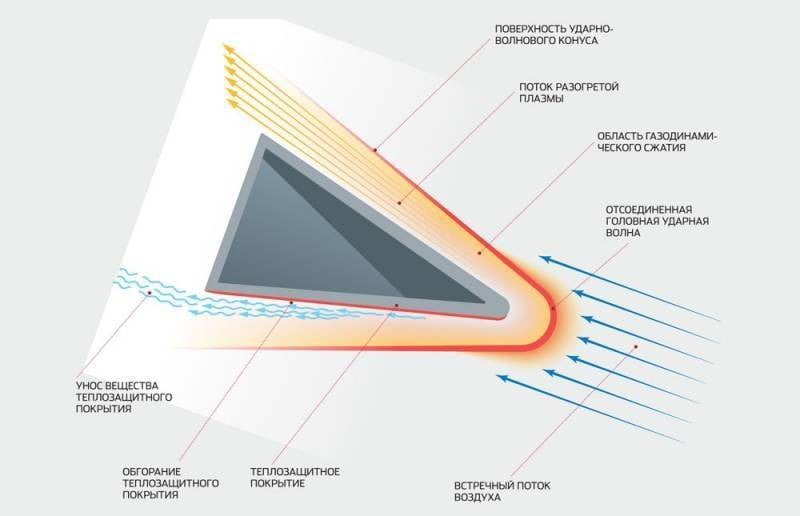
Perhaps, transparency windows can also be created in the same ways for both radar and optical guidance tools. Do not forget that without access to classified information, you can discuss only declassified, published technical solutions.
If, however, it is not possible to "open" a survey for a radar station or radar station (OLS) on hypersonic media, then, for example, GZLA separation at the end of the flight can be applied. In this case, for 90-100 km of the target, the GLA resets the guidance block, which is braked by parachute or otherwise, scans the radar and OLS, and transfers the specified coordinates of the target, course and speed of its movement to the main part of the GLA. Between the separation of the guidance unit and the hit of the warhead at the target, it will take about 10 seconds, which is not enough to hit the guidance unit or significantly change the position of the target (the ship will travel no more than 200 meters at maximum speed). However, it is possible that the guidance unit will have to be separated even further, in order to increase the time for correcting the GZLA flight path. It is possible that during the group launch of the GZLA, a sequential reset scheme for guidance blocks at different ranges will be applied to sequentially adjust the coordinates of the target.
Thus, even without access to classified developments, one can see that the problem of the plasma “cocoon” is solvable, and taking into account the announced dates for the adoption of the GLA into service in the 2019-2013 years, we can assume that it is most likely already resolved.
GZLA carriers, conventional GZLA planners and strategic nuclear forces
As mentioned earlier, the carriers of the GZLA with the scramjet can be conventional bombers, with all the advantages and disadvantages of this type of weapon.
Solid-state (predominantly in the USA) and liquid (mainly in the Russian Federation) intercontinental and medium-range missiles capable of providing the launch planning target necessary for acceleration are considered as carriers of hypersonic planning warheads.
There is an opinion that the deployment of GZLA on ICBMs and medium-range missiles (RSD) will entail a proportional reduction in the nuclear arsenal. If we start from the existing START-3 treaty, then yes, but the decrease in the number of nuclear charges and their carriers is so insignificant that it will not have any effect on the general level of deterrence. And taking into account how quickly international treaties are falling apart, there is no guarantee that START-3 will have a continuation, or that the allowable number of nuclear charges and carriers in the START-4 conditional treaty will not be increased, and strategic conventional weapons will not be placed in a separate clause , especially if both Russia and the United States have an interest in it.
In this case, unlike nuclear weapons, planning conventional GZLA in the composition Strategic Conventional Forces can and should be used in local conflicts, to defeat high-priority targets and carry out VIP-terror actions (destruction of the enemy’s leadership) without the slightest risk of losses from their own armed forces.
Another objection is the risk of a nuclear war starting with any launch of an ICBM. But this issue is also being addressed. For example, under the conditional START-4, carriers with conventional warheads will have to be based on specific, mutually controlled sites where nuclear weapons will not be deployed.
The best option would be to completely abandon the deployment of planning nuclear warheads in nuclear equipment. In the event of a large-scale conflict, it is much more efficient to throw an enemy with a large number of conventional warheads, including those with a partially orbital path, as this will be possible to implement at the Sarmat ICBM. In conditional START-4, it is entirely possible to increase the permissible number of nuclear warheads to 2000-3000 units, and in the event of a sharp increase in the effectiveness of the US missile defense, withdraw from this treaty and further increase the arsenal of nuclear weapons. Strategic conventional weapons in this case can be “put out of the brackets”.
With such numbers of nuclear warheads 15-30 "Vanguards" will not solve anything. At the same time, if there are no gliders with nuclear warheads, then, taking into account their flight path, no one will confuse the launch of planning conventional GZLA with a nuclear strike, respectively, it will not be necessary to warn about their use.
GZLA reusable media
When Igor Radugin, the chief designer of Soyuz-7 rocket, transferred to S5 Space, he was asked if the Soyuz-7 launch vehicle (LV) designed by S5 Space would be disposable, to which he replied: “A disposable rocket is also effective like a one-time airplane. To create a one-time carrier is not even stomping on the spot, but the road back. ”
Article “Reusable rockets: an economical solution for a quick global strike” the possibility of using reusable media as a means of introducing planners to conventional GLA was considered. I would like to add a few more arguments in favor of such a decision.
According to the Ministry of Defense of the Russian Federation, Tu-22М3 long-range bombers made 60 sorties for four days to strike at Islamic State facilities in Syria, air group commander Vladimir Alesenko said on Friday. "The distance of the targets from the take-off aerodrome is more than 2000 kilometers, the duration of each combat flight exceeds five hours.
Based on this, it is easy to understand that long-range aircraft made two flights a day. For strategic missile-carrying bombers, with a range of 5000 km (which, combined with a GZLA range with a scramjet engine, will give a range of about 7000 km), the number of sorties per day will be reduced to one.
Private aerospace companies are now striving for this figure - to ensure the launch of a reusable launch vehicle once a day. An increase in the number of flights will simplify and automate the procedures for preparing and refueling, in principle, all the technologies for this already exist, but so far there are no tasks in space that require such an intensity of flights.
Based on the foregoing, a reusable launcher should not be considered as a “returning ICBM”, but as a kind of “vertical bomber,” which due to climb allows the weapons (planning hypersonic warheads) to get a range, otherwise provided by the radius of the aircraft - missile-carrying bomber and launching weapons (hypersonic cruise missiles).
There was not one serious invention that a person would not use for military purposes in one way or another, and reusable launch vehicles will face the same fate, all the more so considering the altitude to which planning GLZLs (presumably of the order of 100 km) must be taken The launch vehicle can be simplified up to the use of only the return first stage, the reusable rocket accelerator (MRU) “Baikal”, or the creation of the “vertical bomber” project on the basis of project of the Korona launch center Makeeva.
Development of the project of the MRU "Baikal" in the State Scientific and Technical Center named after M.V. Khrunicheva and the Molniya NGO primarily pursued the goal of creating a first-stage rocket block returning to the launch site for the all-azimuthal, that is, capable of launching light-class launch vehicle from any angle to the starting meridian. Naturally, based on this requirement, in order to avoid the construction of numerous landing complexes of the first-stage block, an airplane block scheme was chosen that provides a return flight using a turbojet engine. It should be noted that the purpose of this class of launch vehicle, as well as the need to achieve all-azimuthality, to solve some target tasks at that time were not discussed.
It is quite suitable for the derivation of planning conventional GZLA?
Another advantage of reusable media can be that their equipment will imply only non-nuclear warheads. Spectral analysis of the LV torch at launch and the features of the flight trajectory will allow a country with a space element of a missile attack warning system (SPRN) to determine that the strike is carried out not by nuclear weapons, but by conventional weapons.
GZLA reusable launchers should not compete with conventional missile-carrying bombers either in tasks or in the cost of hitting targets, since they are fundamentally different. Bombers cannot provide such speed and inevitability of impact, invulnerability of the carrier as those planning GLZLs, and the higher cost of planning GLZLs and their carriers (even in the reusable version), will not allow for such a massive attack that bombers will deliver missiles.
Application of conventional planners
The use of conventional planners GLZL considered in the article Strategic Conventional Forces.
I just want to add one more application scenario. If hypersonic planning warheads are so invulnerable to the enemy’s air defense / missile defense forces as is believed, conventional GZLA planning can be used as an effective means of political pressure on hostile states. For example, in the event of another provocation by the United States or NATO, it is possible to launch a conventional planning GZLA from the Plesetsk cosmodrome for a target in Syria through the territory of our good friends - the Baltic countries, Poland, Romania, and Turkey too. The flight of the GZLA through the territories of the allies of the potential enemy, which they will not be able to prevent, will be like a slap in the face and will give them a completely understandable hint regarding interference in the affairs of the great powers.
- Andrey Mitrofanov
- The militarization of space is the next step of the United States. SpaX and orbiting lasers
Strategic conventional weapon. Damage
Strategic conventional forces: carriers and weapons
Reusable rockets: an economical solution for a quick global strike
Projects of reusable launch vehicles in Russia: do they have a future?
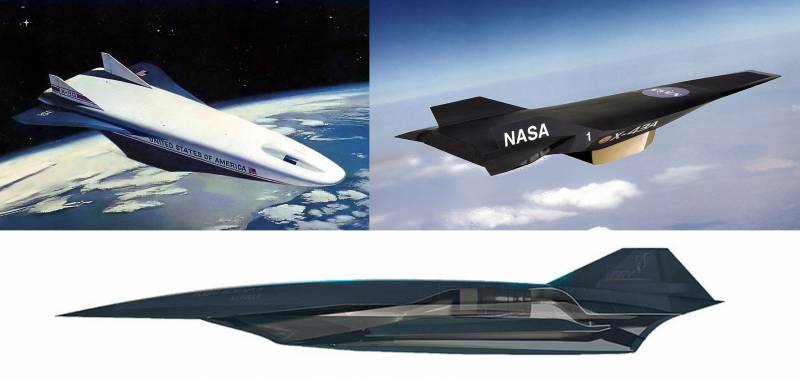
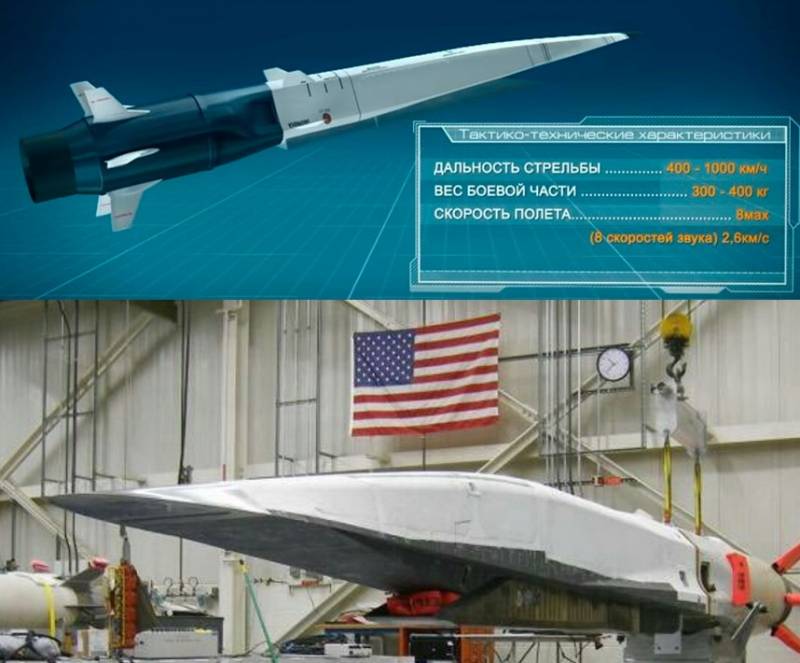
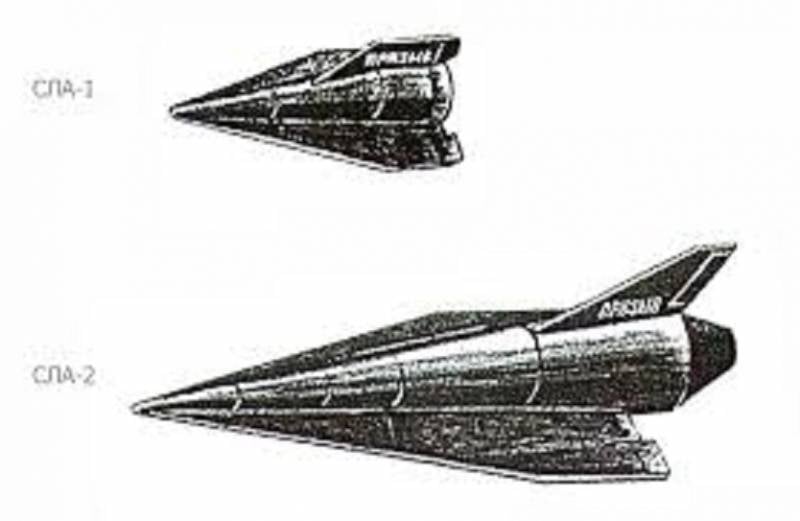
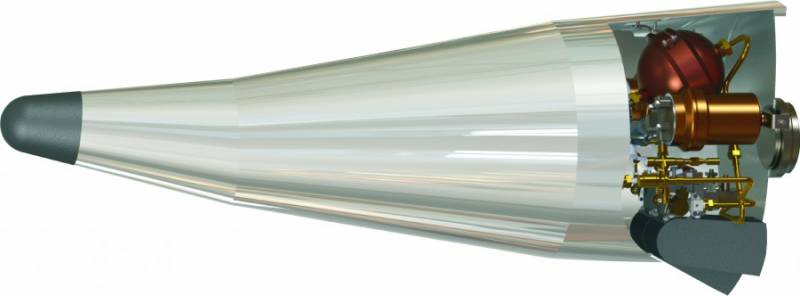
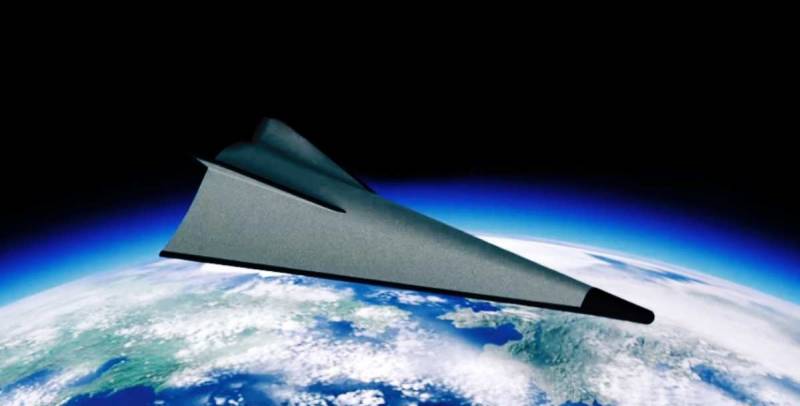
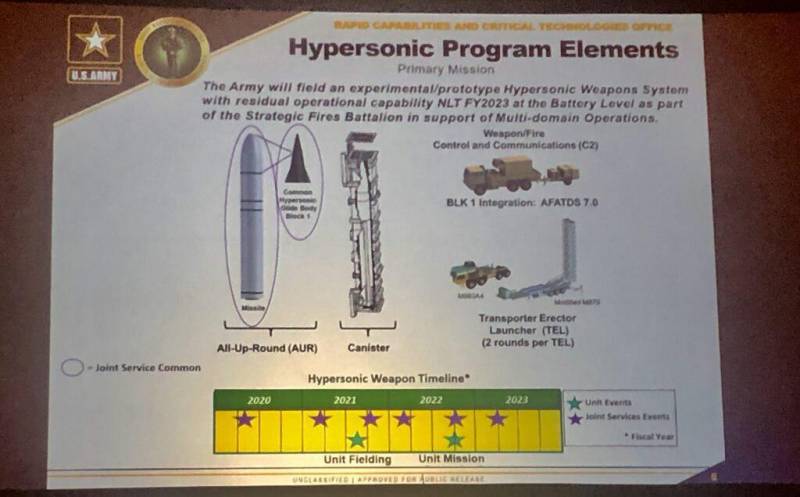
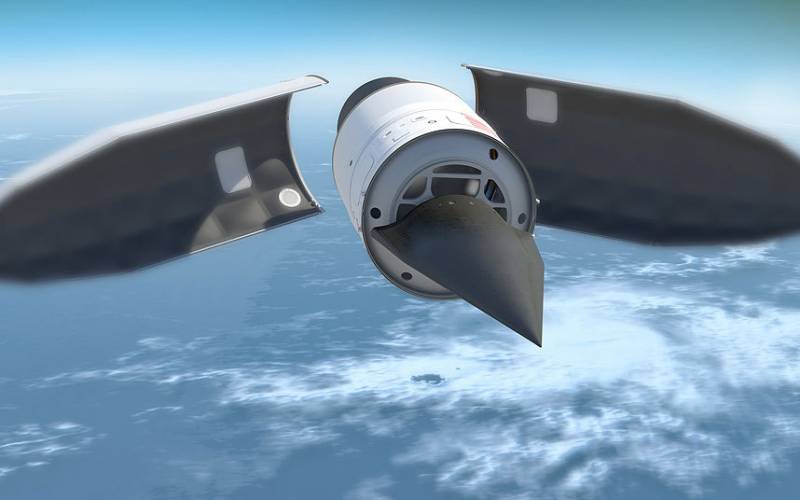
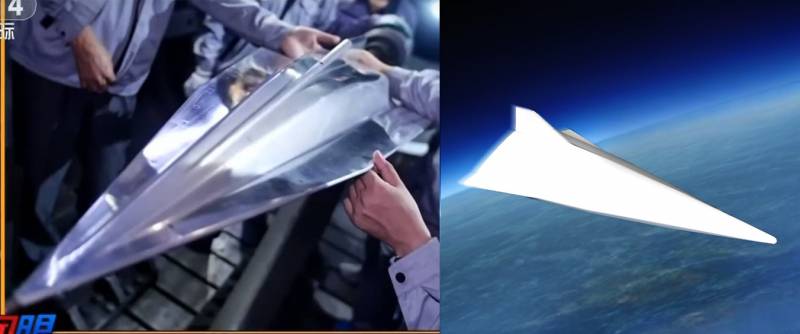

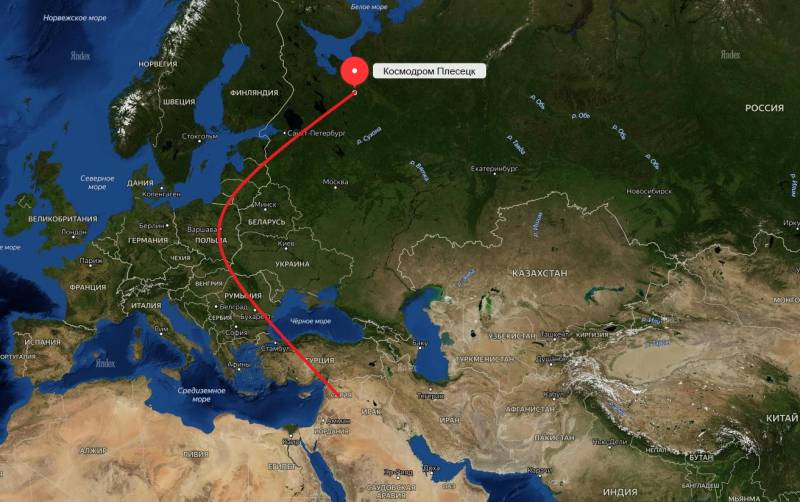
Information